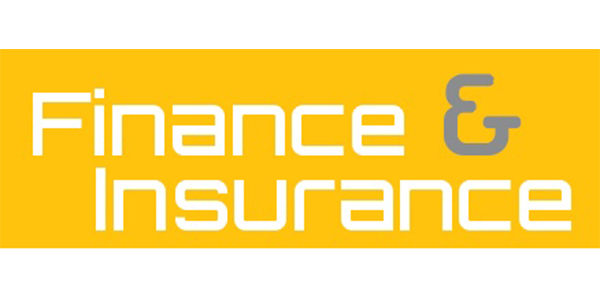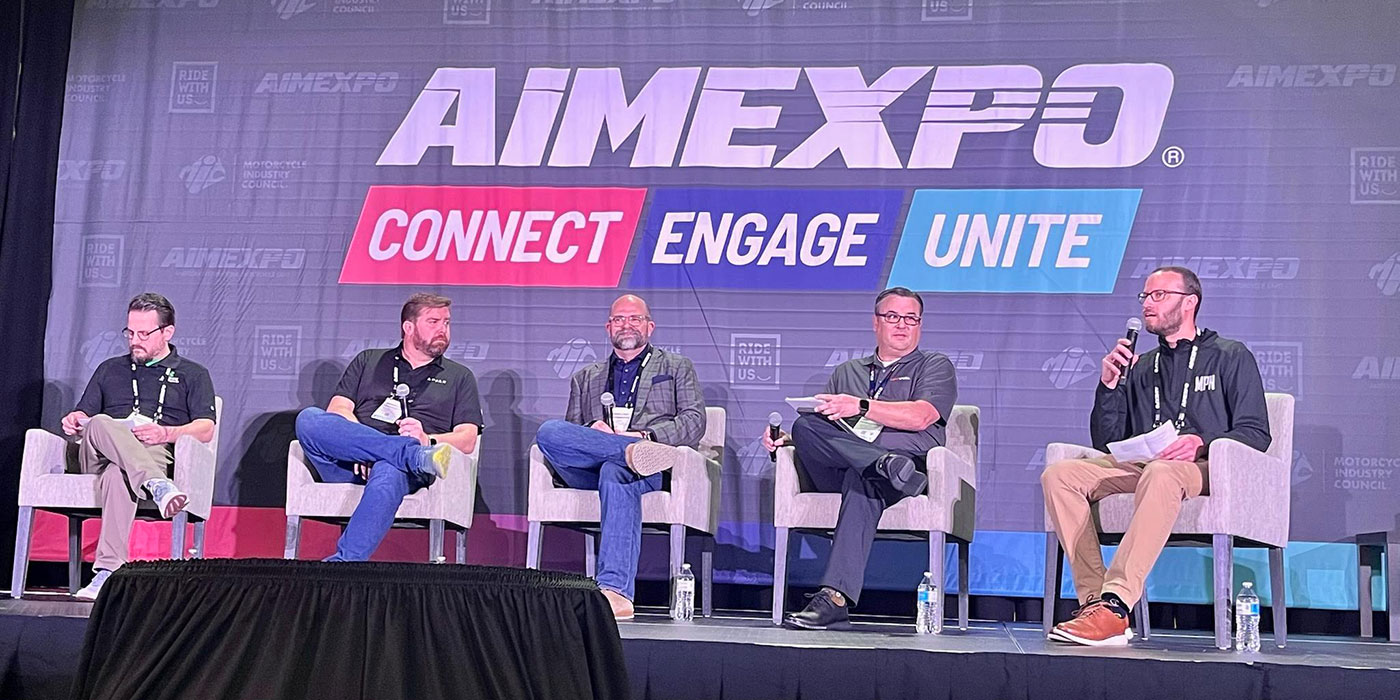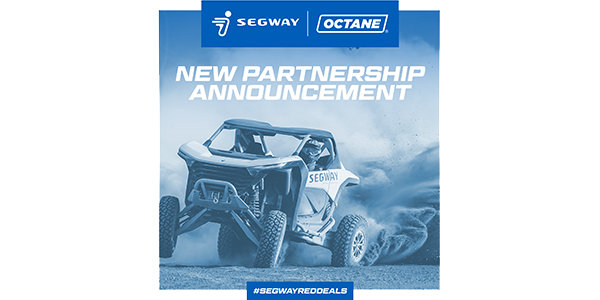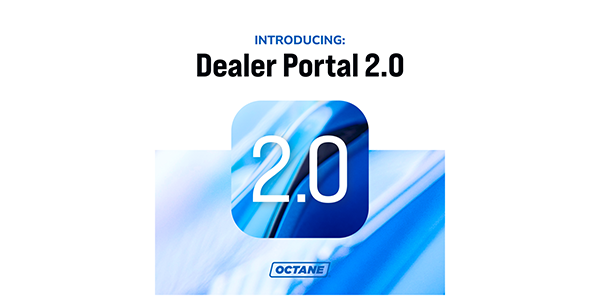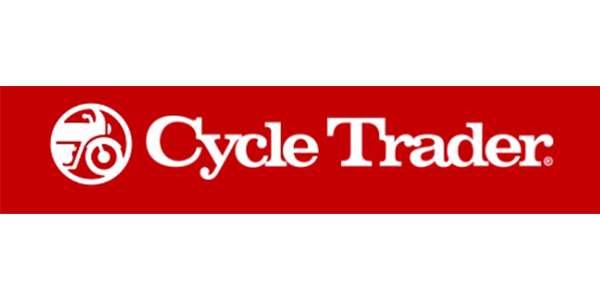Most of us have heard the saying “you make money when you buy, not when you sell.” It’s about buying the inventory at a cost that gives you enough margin when selling it in the competitive market that we all live in.
New Inventory Purchase
For the franchise dealers buying new inventory from OEMs, it’s important to follow the incentives and pay attention to the promotional offers. The regular new vehicle dealer discount is typically around 15% to 17% — which doesn’t leave much room for discounting. Especially if you’re using floor plan financing, the aging inventory can quickly eat up your margins and by the time you pay your overhead, there is hardly any room left for the dealership. Therefore, it’s critical to pay good attention to the OEM campaigns and squeeze the last dime out of any dealer promotions.
Used Inventory Purchase
For the franchise and independent dealers buying used inventory, there is typically opportunity for larger margins. If you buy from dealer auctions or on the street, try to get the popular models. If you’re buying relatively slower moving units, make sure to pay below wholesale or don’t hesitate to move on.
You shouldn’t have less than 25% margin on a used unit, considering that you may need to spend money to recondition the unit to make it retail-ready. Also, if you’re using floor plan financing for the pre-owned inventory, the cost of financing can be higher than the new inventory financing, which might be sponsored by the OEMs.
If the Price is Right
I believe that an established dealer who prices their pre-owned inventory competitively has the potential to sell up to half of their pre-owned inventory in a month — disregarding the seasonality for annual averages and overgeneralizing for simplicity purposes. The key point here is pricing the inventory right so that it doesn’t only attract potential customers but also makes it easy to provide financing for those customers.
Almost all finance companies cap the financing credit amount based on the average market value of a base model, ignoring any accessories that might normally add to the value. If your price is above the market value, the customer may need to place a large down payment to get the financing structured.
High amount of cash due at signing is the No. 1 reason for consumers to walk away from a deal.
Let me try to explain it with an example. Let’s assume that the market value of a base model unit is $8,000. Let’s also assume that you have to price it at $9,000 because you had to pay over wholesale value to get the unit and it has some accessories to increase the value. If the finance company caps the approval limit for your customer at $8,000 based on the unit market value, your customer may need to write you a check for $2,500 at closing to get the deal done (I estimated that the DMV, state, dealer and finance company fees add up to $1,500 that brought the total cost to $10,500, which is $2,500 above financing credit limit).
The more down payment required to get the deal structured, the less chance you will have to close the sale. So, try to price your inventory at market-value level. If on certain units this doesn’t give you enough margin, try to sell backend products such as extended-service contracts and GAP policies to make up for the lower margin.
These F&I products typically have large margins for the dealers that can help to make up for the lost margin on the unit side. Just remember that the back-end margins are not the same as front-end margins since most of these products are cancelable and you should reserve for future refunds.
Emre Ucer is the managing partner of MotoLease LLC. He oversees the development of solutions for the motorcycle and powersports industry to fit even the most credit-challenged riders.

